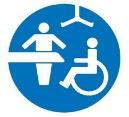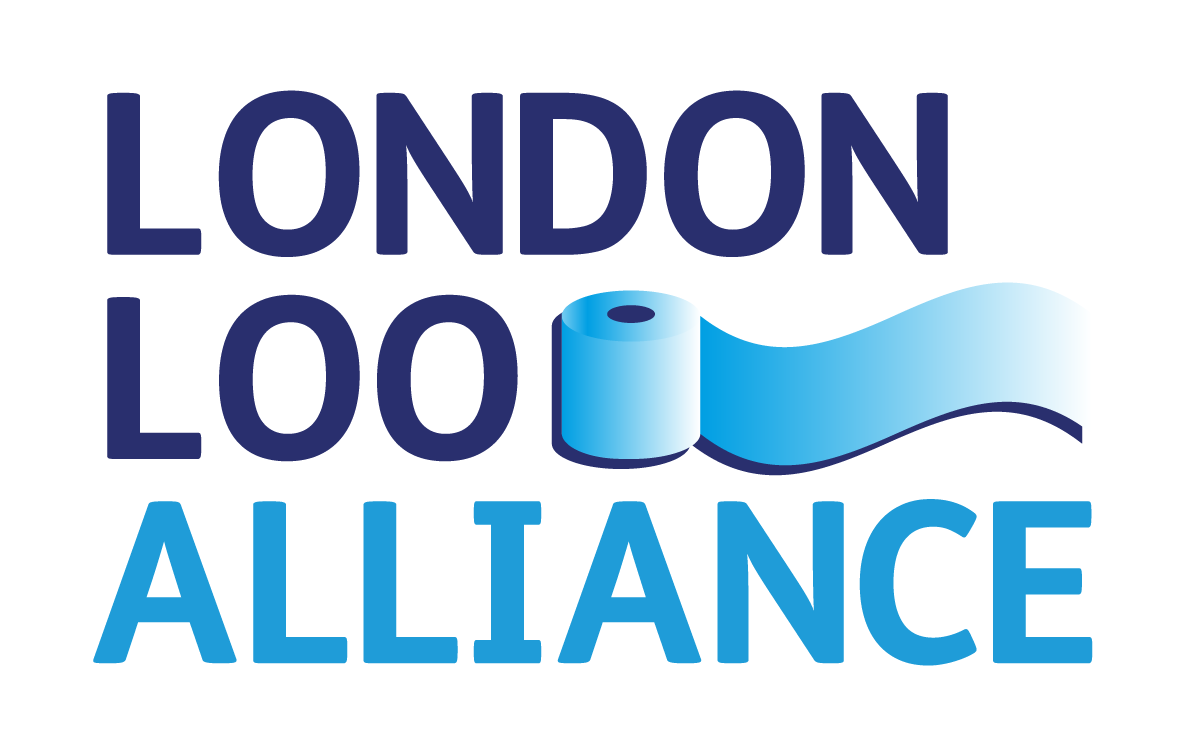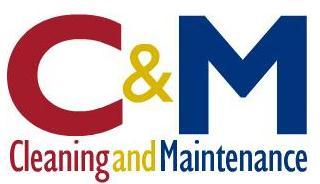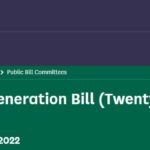HSE Guidance on Ventilation and Air Conditioning systems

Air conditioning and ventilation during the coronavirus outbreak:
Received in Septemeber 2020
This guidance is based on the latest information and may be updated as and when new information becomes available.
General ventilation
Employers must, by law, ensure an adequate supply of fresh air in the workplace and this has not changed.
Good ventilation can help reduce the risk of spreading coronavirus, so focus on improving general ventilation, preferably through fresh air or mechanical systems.
Where possible, consider ways to maintain and increase the supply of fresh air, for example, by opening windows and doors (unless fire doors).
Also consider if you can improve the circulation of outside air and prevent pockets of stagnant air in occupied spaces. You can do this by using ceiling fans or desk fans for example, provided good ventilation is maintained.
The risk of transmission through the use of ceiling and desk fans is extremely low providing there is good ventilation in the area it is being used, preferably provided by fresh air.
Air conditioning
The risk of air conditioning spreading coronaviru s (COVID-19) in the workplace is extremely low as long as there is an adequate supply of fresh air and ventilation.
You can continue using most types of air conditioning system as normal. But, if you use a centralised ventilations system that removes and circulates air to different rooms it is recommended that you turn off recirculation and use a fresh air supply.
You do not need to adjust air conditioning systems that mix some of the extracted air with fresh air and return it to the room as this increases the fresh air ventilation rate. Also, you do not need to adjust systems in individual rooms or portable units as these operate on 100% recirculation. You should still however maintain a good supply of fresh air ventilation in the room.
If you’re unsure, ask the advice of your heating ventilation and air conditioning (HVAC) engineer or adviser.
Ventilation
General ventilation
- All workplaces need an adequate supply of fresh air
- This can be natural ventilation, from doors, windows etc or controlled, where air is supplied and/or removed by a powered fan
- If you work in an office or shop, natural ventilation will normally be enough to control dusts and vapours from cleaning materials etc
- Sometimes planned, powered general ventilation is an integral part of a set of control measures, eg the welding of large fabrications in a workshop
Local exhaust ventilation
- Local exhaust ventilation (LEV), or extraction, is an engineering control solution to reduce exposures to dust, mist, fume, vapour or gas in a workplace
- Use a properly designed LEV system that will draw dust, fume, gases or vapour through a hood or booth away from the worker
- An extraction system should be easy for workers to use and enclose the process as much as possible
- It should effectively capture and contain the harmful substance before it is released into the working environment
- Air should be filtered and discharged to a safe place
- The system should be robust enough to withstand the process and work environment. It is important to maintain it and undertake tests to ensure it is working effectively
Things to avoid when applying LEV
Common errors in applying extraction are:
- the effectiveness of small hoods is usually overestimated – be realistic
- the hood is usually too far away from the process
- the hood doesn’t surround the process enough
- inadequate airflow
- failure to check that the extraction continues to work
- workers are not consulted, so they don’t understand the importance of extraction and do not use it properly






























